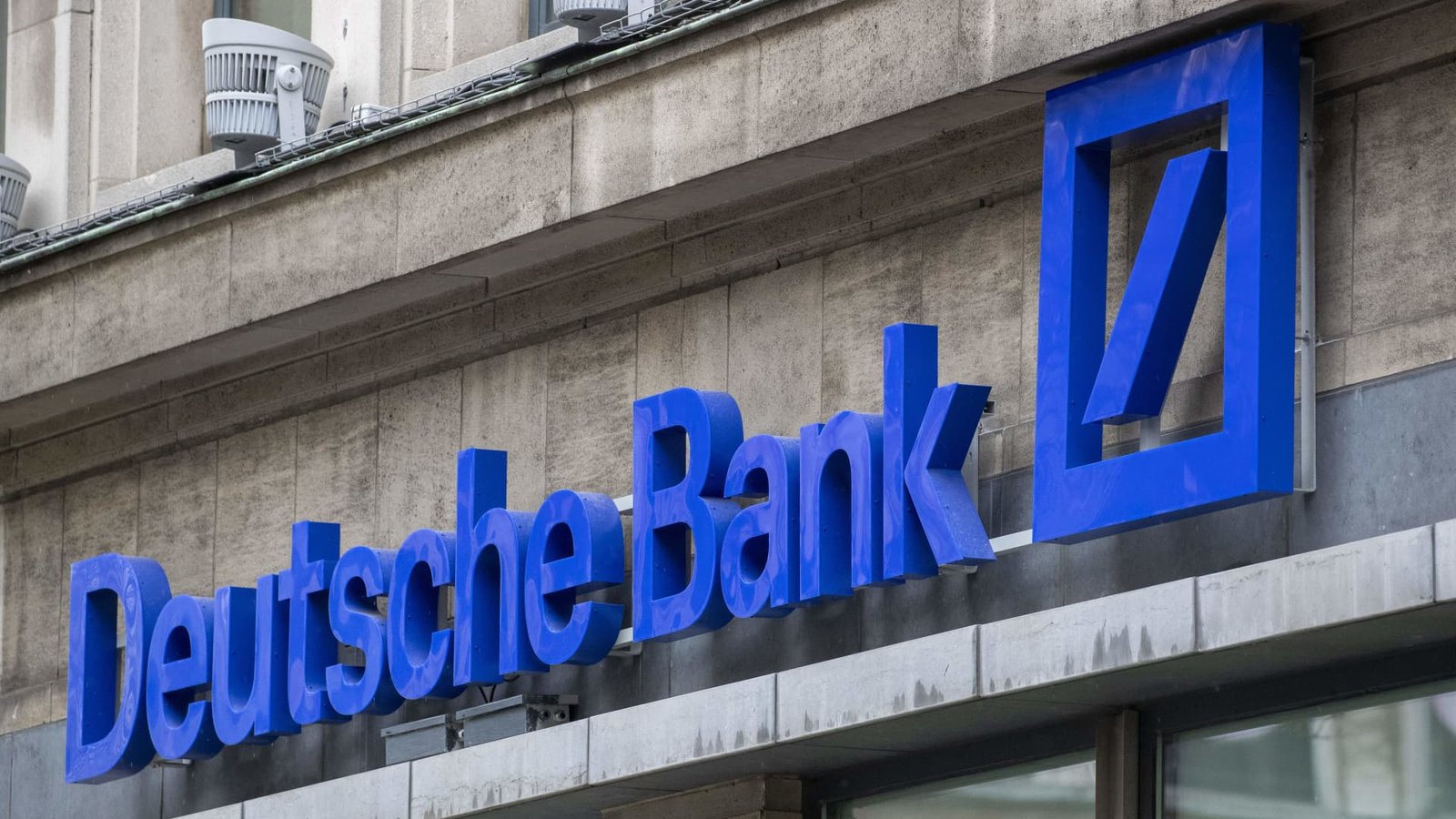Federal Level: Community Reinvestment Act (CRA)
- The Community Reinvestment Act (CRA) requires FDIC‑insured banks to serve the credit needs of their entire communities—including small businesses in low- and moderate-income areas—as long as it’s safe and sound for them.
- Banks aren’t legally bound to approve every small business loan, but their lending patterns are evaluated. A poor CRA rating can hinder branch approvals, acquisitions, or expansions .
State Role: No Mandated Lending in Oklahoma
- Oklahoma law does not require banks to make small business loans. Instead, banks must operate under standard banking regulations found in Oklahoma Statutes Title 6
- The State of Oklahoma does not offer general small-business grants, and new businesses are usually expected to self-fund or pursue SBA-backed loans.
- What Laws Guide Banking & Lending in Oklahoma?
- 1. Oklahoma Banking Code (Title 6)
- Defines banks and regulates their operations and responsibilities.
- 2. Consumer Credit Code (Title 14A)
- Regulates small, personal, and consumer loans—not traditional business loans.
- Enforces licensing, fee limits, disclosure rules, and requires small-loan fees to support credit counseling
3. Uniform Commercial Code – Secured Transactions (UCC Article 9)
- Governs collateral and secured transactions involving business assets such as equipment, inventory, and receivables. It protects both lender rights and borrower interests.
4. Oklahoma Small Business Financial Assistance Act
- Establishes state-backed loan and grant programs. Eligibility criteria may differ from conventional lending options.
🇺🇸 Federal Loans: SBA & Other Programs in Oklahoma
Although banks are not required to make loans, they often participate in federal and state support programs:
A. SBA‑Guaranteed Loans
7(a) Loan Program
- Covers working capital, equipment, real estate, debt refinancing; backed up to $5 million .
- Requires:
- Small business status as per SBA.
- Operate for profit in the U.S.
- Reasonable owner equity.
- Must show need and ability to repay.
- Not delinquent on federal debt
SBA Express
- A faster-tracked subset of 7(a), often under $500K, with decisions in around 36 hours
504 Loan Program
- For fixed assets like real estate or large equipment; up to $5–5.5 million max per project .
- Involves three parties: borrower (10–20% equity), bank (about 50%), and CDC (around 40%)
- 10–25 year fixed-rate terms; no working capital or refinancing allowed
SBA Microloans
- Up to $50,000, often averaging ~$13 500; intermediated by non-profit lenders.
- Terms up to 6 years; interest rates set by intermediaries, collateral often optional
B. Other Federal Support
- USDA Business & Industry Loan Guarantees provide credit enhancement for rural businesses
- SSBCI (State Small Business Credit Initiative) and Oklahoma Business Lending Partnership (OBLP) offer small- and very-small business support with focused eligibility (e.g., <10 employees; CDFI service areas)
- Paycheck Protection Program (PPP): now expired; was active during COVID to support employment
CRA Compliance vs. Mandatory Lending
- CRA compliance pressures banks to support small business lending, especially in underserved communities.
- However, CRA does not mandate specific loan approvals.
- Banks manage lending based on:
- Credit risk and collateral
- Borrower credit history
- Business cash flow and financial statements
- Business plan viability
Practical Summary: Banks are encouraged, not compelled, to make small business loans. Federal laws discourage discriminatory refusals, but approval depends on the borrower’s strength and lender risk assessment.
Application Requirements – What Banks Look At
Most banks—and SBA‑backed lenders—require:
- Solid credit history: personal and business credit scores, debts paid
- Business plan: including cash flow projections and purpose of loan
- Financial documents: income statements, balance sheets, tax returns .
- Collateral: may include real estate, equipment, inventory
- Personal guarantees: especially for SBA loans .
- Equity investment: owners must “have skin in the game”
- Legal and licensing: registered in Oklahoma, proper business structure
💡 Loan Application & Approval Process
- Pre-qualification: banks assess credit, collateral, purpose.
- Documentation: submit business and financial records, legal documents.
- Underwriting: lenders evaluate your risk vs. return.
- Decision: SBA loan decisions can take 30 days to 6 months
- Closing & funding: after approval, paperwork is finalized and funds released.
📌 Alternatives If Denied or Unsure
- Credit unions: often community‑focused with more flexibility .
- Online/alternative lenders: faster but higher cost.
- State-backed programs: SSBCI, OBLP, rural USDA programs.
- Grants: Although rare in Oklahoma, targeted grants may exist via chambers or local development centers
📚 Support & Resources in Oklahoma
- Oklahoma Small Business Development Centers (SBDC): counseling and assistance.
- Oklahoma Department of Commerce: program guides and lender matching
- Local Certified Development Companies: for SBA 504 loans.
- Oklahoma Department of Consumer Credit: regulates small loans, ensures fair practices
🔍 Summary – Are Banks Required to Make Small Business Loans?
| Requirement? | Status |
|---|---|
| CRA Compliance | ✔ Banks must show they help communities |
| Mandatory Lending | ✖ No absolute guarantee to approve loans |
| Federal Incentives | ✔ SBA, USDA, SSBCI, OBLP |
| State Grants | ✖ Rare, not general-purpose |
- Conclusion: Banks in Oklahoma are not legally required to provide small business loans, but federal and state policies strongly encourage lending, especially in underserved areas. Approval depends on solid financial qualifications, collateral, business viability, and lender risk assessment.
📣 Tips for Aspiring Oklahoma Small-Business Owners
- Check your credit and clean up any issues.
- Develop a clear business plan with financial projections.
- Compile full documentation: financials, tax returns, licenses.
- Explore all funding avenues: banks, SBA, credit unions, grants.
- Prepare collateral and equity contributions.
- Use counseling resources like SBA, SBDC, OBDC.
Final Takeaway
While not obligated under Oklahoma or federal law to approve every small business loan, banks face regulatory and reputational incentives (under CRA) to lend responsibly. By preparing thoroughly and tapping into available programs, business owners can significantly improve their chances of loan approval in Oklahoma.
Read More:
- How Do Immigrants Get Business Loans in Ohio? A Complete Guide
- Are Interest Rates Higher on Short-Term Loans? A Detailed Explanation
- Can I Use an SBA Loan to Buy Investment Property? A Full Guide
- Can I Get a Personal Loan Without My Spouse? 2025
- How to Calculate Construction Loan Interest in Ohio 2025




